FULL SCIENCE Curriculum - 40 Lesson Plans, 4 Summative Assessments & 40 Additional Hands-On Experiments (Year 4)
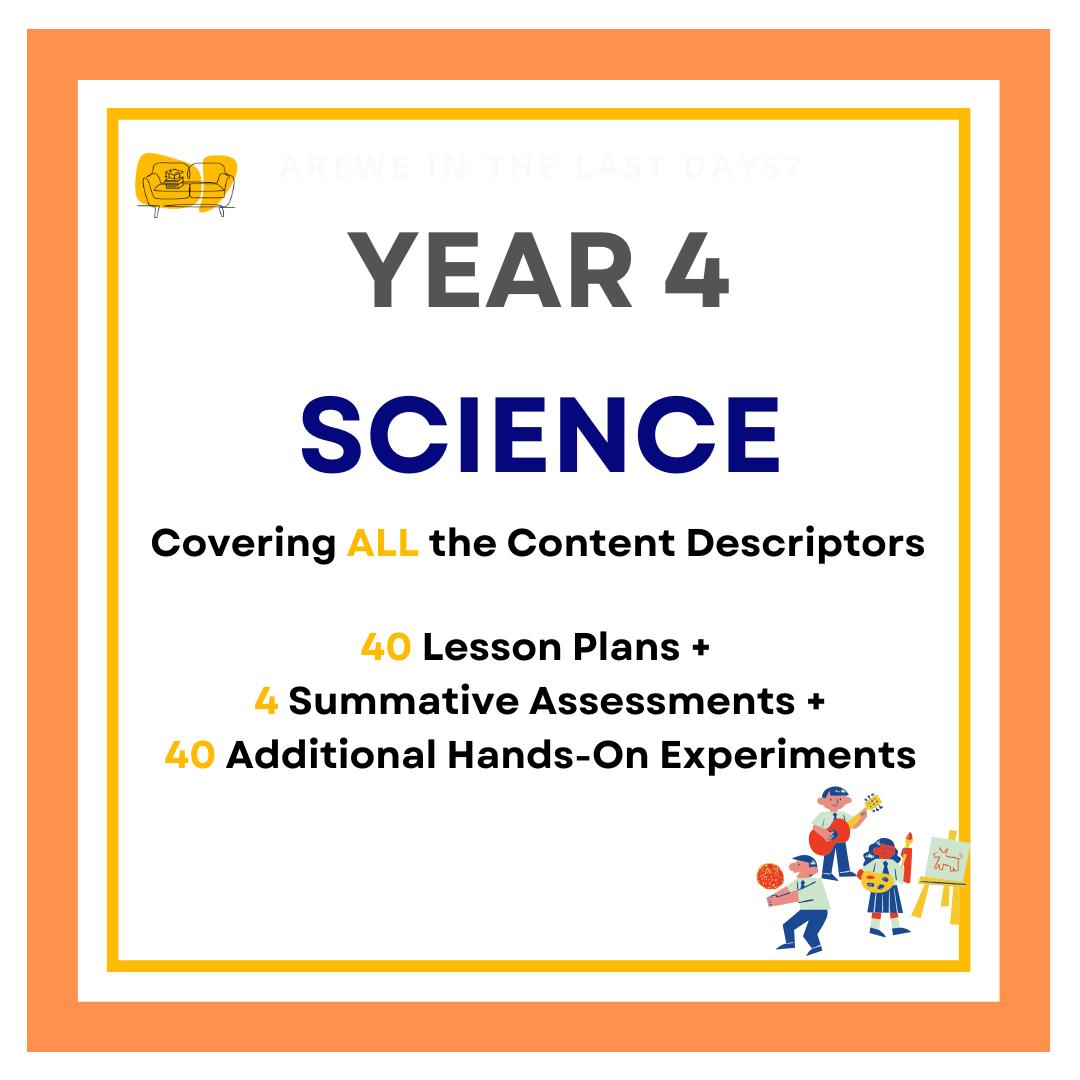
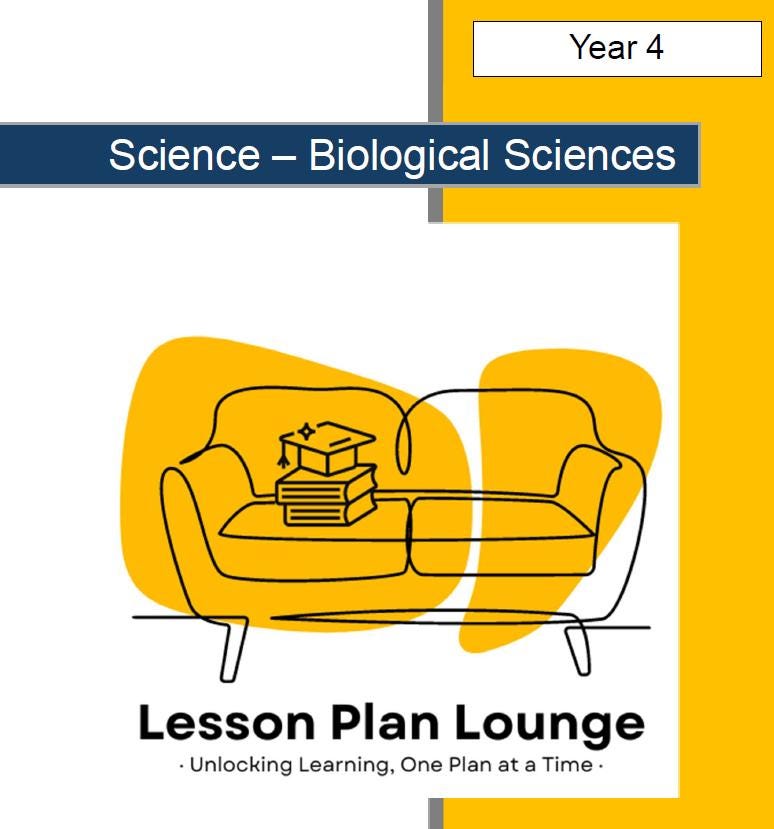
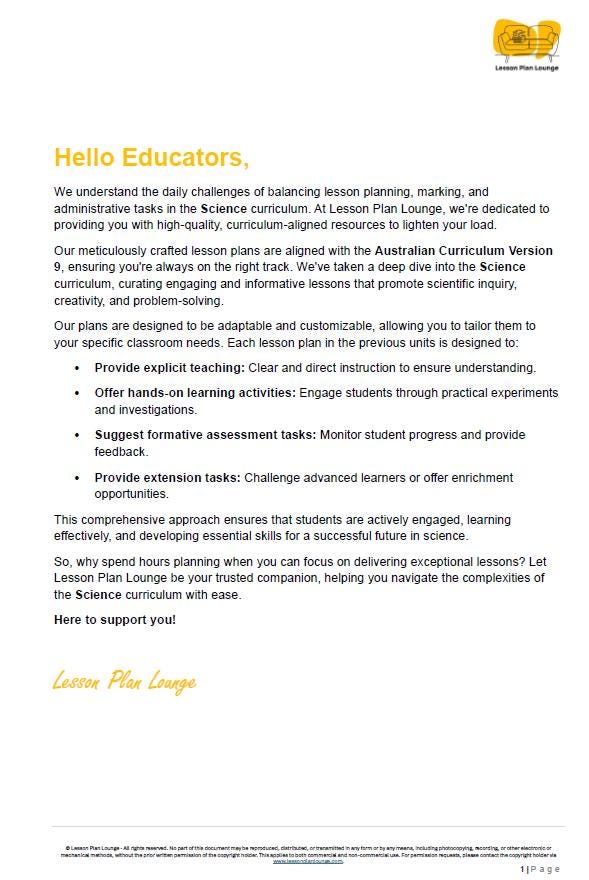
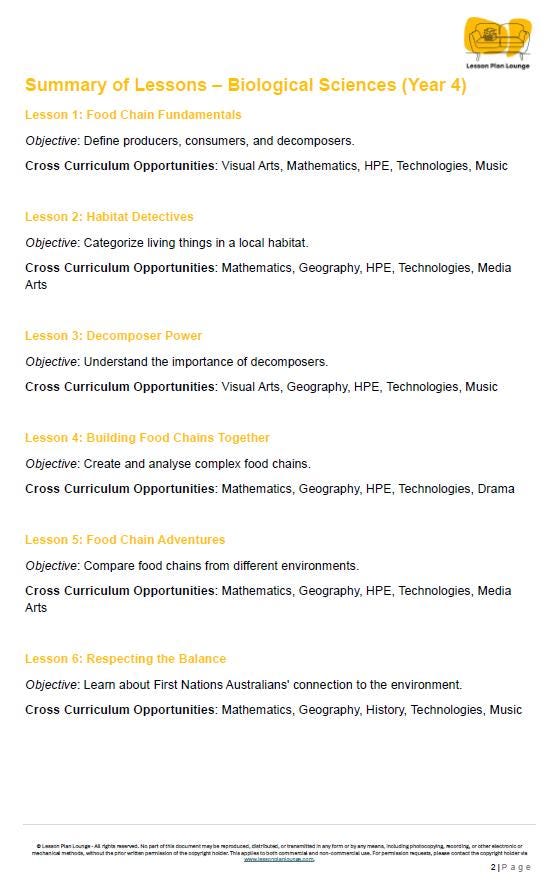
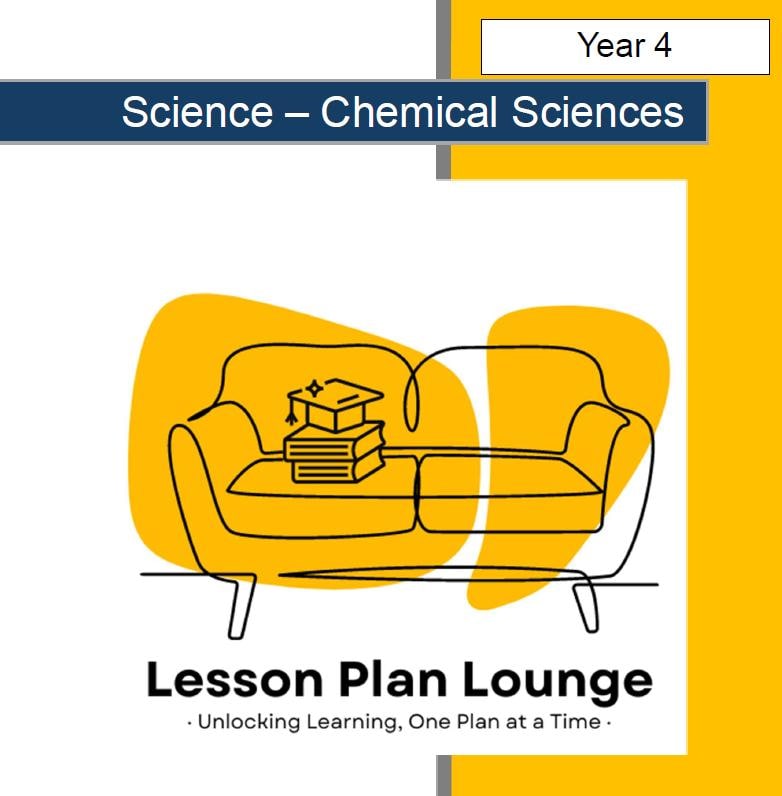
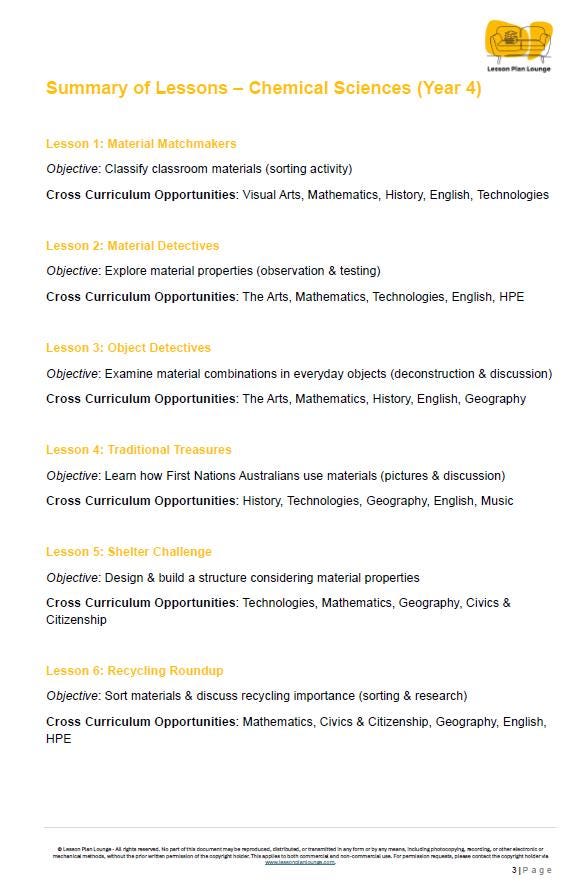
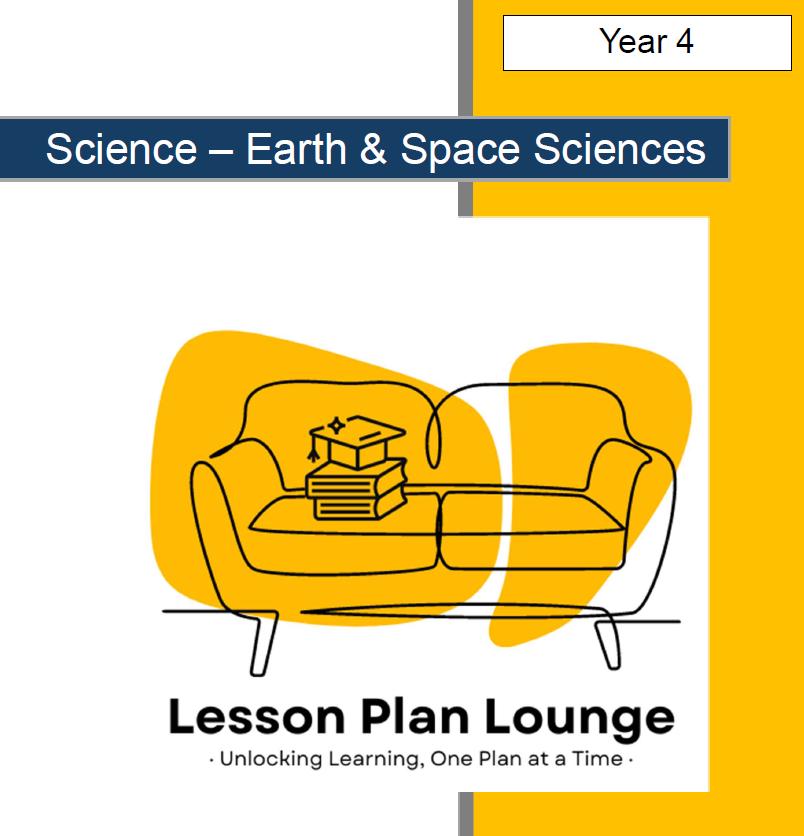
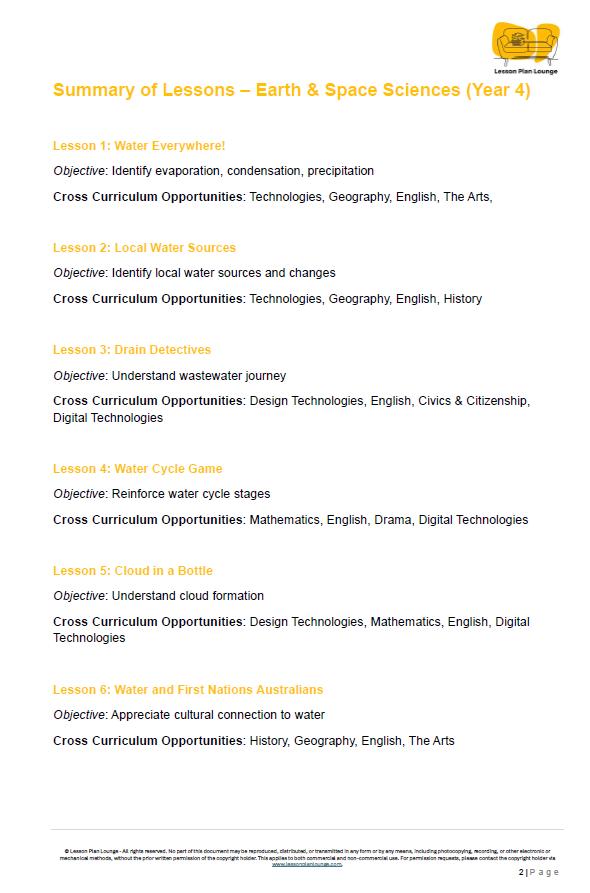
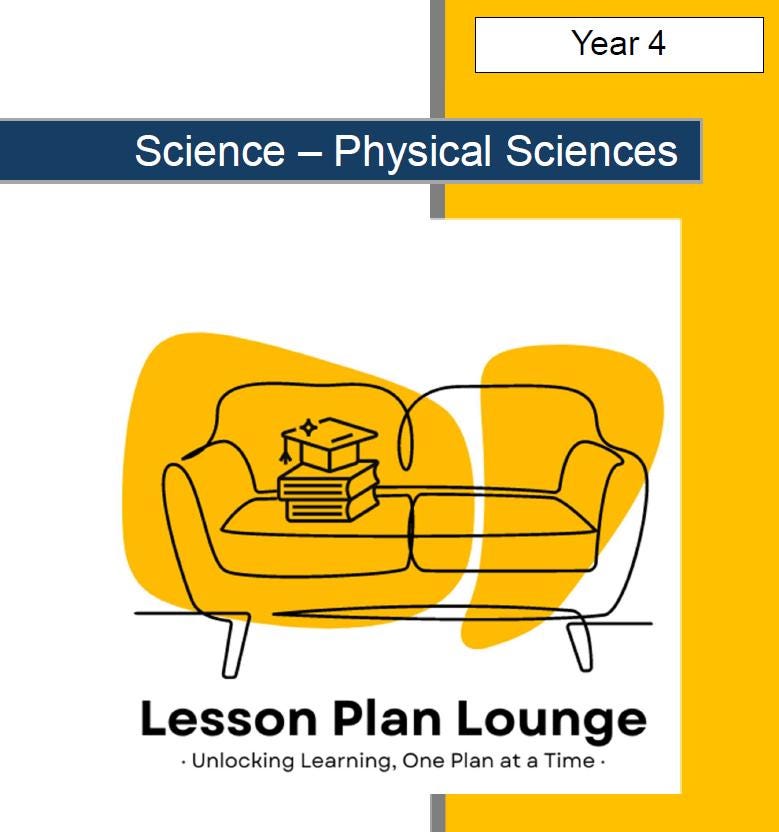
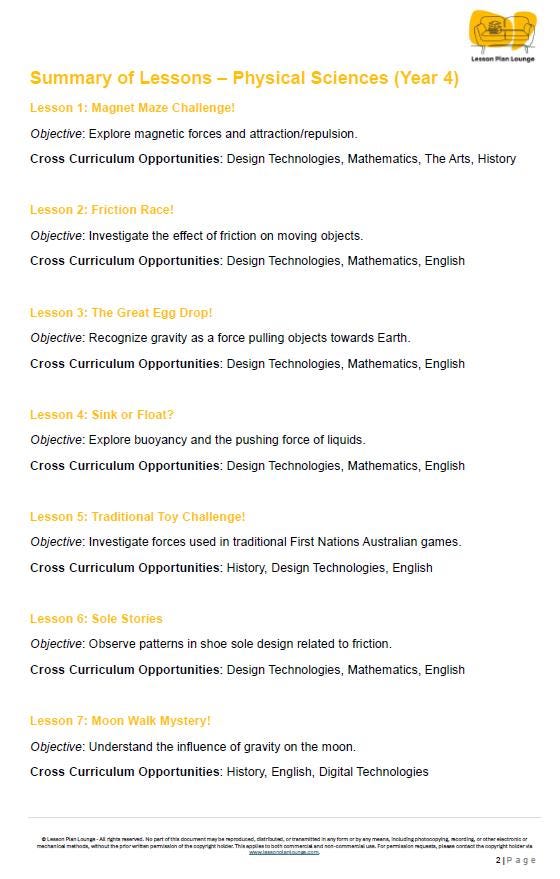
$16.42
These Science (Biological, Physical, Chemical and Earth & Space Sciences) lessons offer: 40 hands-on lessons + 4 Summative Assessments (incl. marking rubric) and 40 Additional Hands-On Learning Tasks/ Experiments (Year 4)
……..
Covering:
Biological Sciences
AC9S4U01: explain the roles and interactions of consumers, producers and decomposers within a habitat and how food chains represent feeding relationships.
Earth & Space Sciences:
AC9S4U02: identify sources of water and describe key processes in the water cycle, including movement of water through the sky, landscape and ocean; precipitation; evaporation; and condensation.
Chemical Sciences:
AC9S4U04: examine the properties of natural and made materials including fibres, metals, glass and plastics and consider how these properties influence their use.
Physical Sciences:
AC9S4U03: identify how forces can be exerted by one object on another and investigate the effect of frictional, gravitational and magnetic forces on the motion of objects.
General:
Nature and Development of Science
AC9S4H01: examine how people use data to develop scientific explanations.
Use and influence of science
AC9S4H02: consider how people use scientific explanations to meet a need or solve a problem.
Questioning and predicting
AC9S4I01: pose questions to explore observed patterns and relationships and make predictions based on observations.
Planning and conducting
AC9S4I02: use provided scaffolds to plan and conduct investigations to answer questions or test predictions, including identifying the elements of fair tests, and considering the safe use of materials and equipment.
AC9S4I03: follow procedures to make and record observations, including making formal measurements using familiar scaled instruments and using digital tools as appropriate.
Processing, modelling and analysing
AC9S4I04: construct and use representations, including tables, simple column graphs and visual or physical models, to organise data and information, show simple relationships and identify patterns.
Evaluating
AC9S4I05: compare findings with those of others, consider if investigations were fair, identify questions for further investigation and draw conclusions.
Communicating
AC9S4I06: write and create texts to communicate findings and ideas for identified purposes and audiences, using scientific vocabulary and digital tools as appropriate.
Including: hands-on activities, explicit teaching content, formative assessment options, differentiation strategies, extension tasks, summative assessment (incl. marking rubric), cross curriculum opportunities, outdoor learning opportunities, early career/ real life education (related jobs) and materials needed (per lesson).
